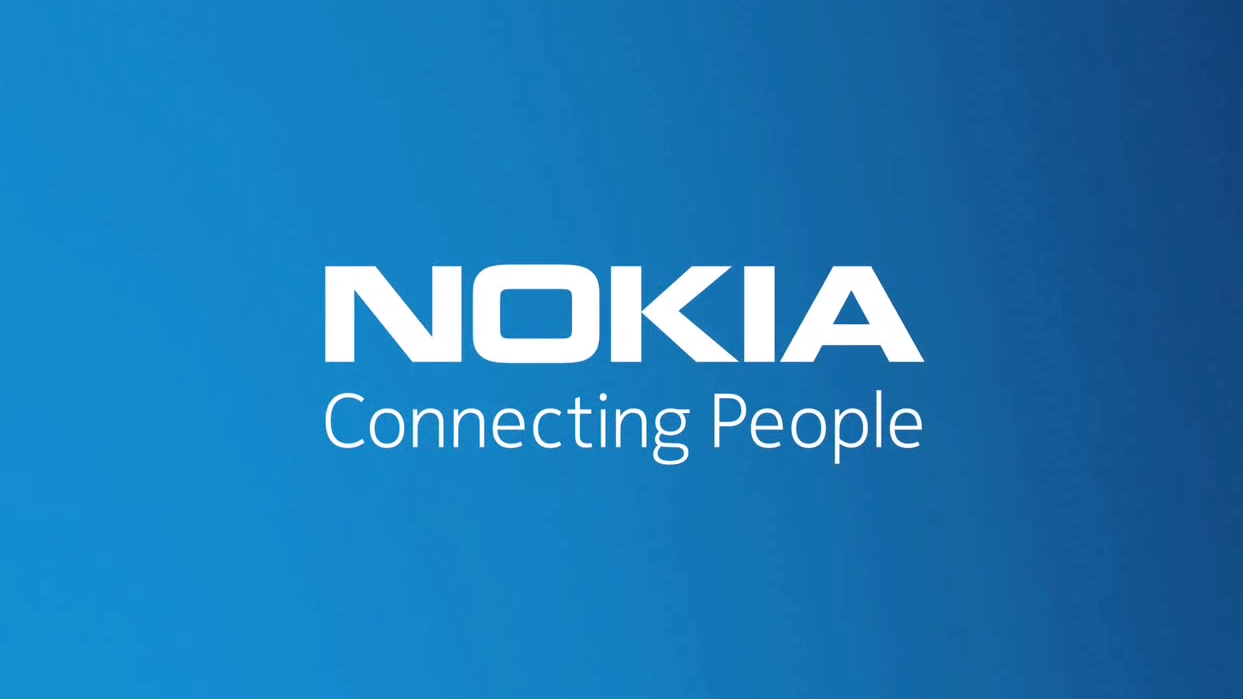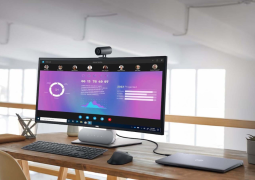Nokia Fuels 4G LTE Research in India, Expanding Device Ecosystem for a Growing Mobile Population
by 28/03/2016 10:110

We’ve seen social media giant Facebook investing in free internet in India, but facts are facts. Nokia records an 85% increase in 3G traffic in 2015 alone. Monthly 3G data usage per individual nearly approached 1 gigabyte. Worldwide, 4G LTE device usage grew over 8 times in 2015, but many experts expect to use DC-HSPA instead of spreading 4G LTE right now.
NEW DELHI, INDIA— Nokia’s mobile blog released their annual report on mobile traffic, reporting growth of 3G devices across the country in 2015. “We’ve seen a huge growth in device ecosystems to increase the adoption of new multimedia services across the country as newer, faster networks are rolled out across the country,” blog writer Manisha Singh comments.
Mobile Traffic is Booming
Because traffic nearly doubled in 2015, mobile networks are scrambling to find solutions to data adoption issues beyond large towns and cities for users. More and more users are using video and social services because these sites account for nearly 60% of all data traffic on the net. Monthly usage surpassed more than 750 MB, so these upgrades could cause a potential surge in data traffic of over 4 times.
Some key mobile trends to expect in 2016 include:
- 2G data services could still drive small amounts of categories around Category B and C in the short term.
- Evolving carrier devices could use other forms of 3G to handle higher traffic rates. This would involve using DC-HSPA to substitute as a faster alternative to 3G rather than the costlier alternative associated with 4G LTE.
- 4G LTE will continue to grow worldwide. This could lead to a device price decline so that operators can make more money on more expensive, data-intensive 4G LTE networks (especially in networks in India).
Of course, these trends are suspect to change, but mobile phone technology has continued to grow exponentially as the technology is expanded to smaller global demographics worldwide.



